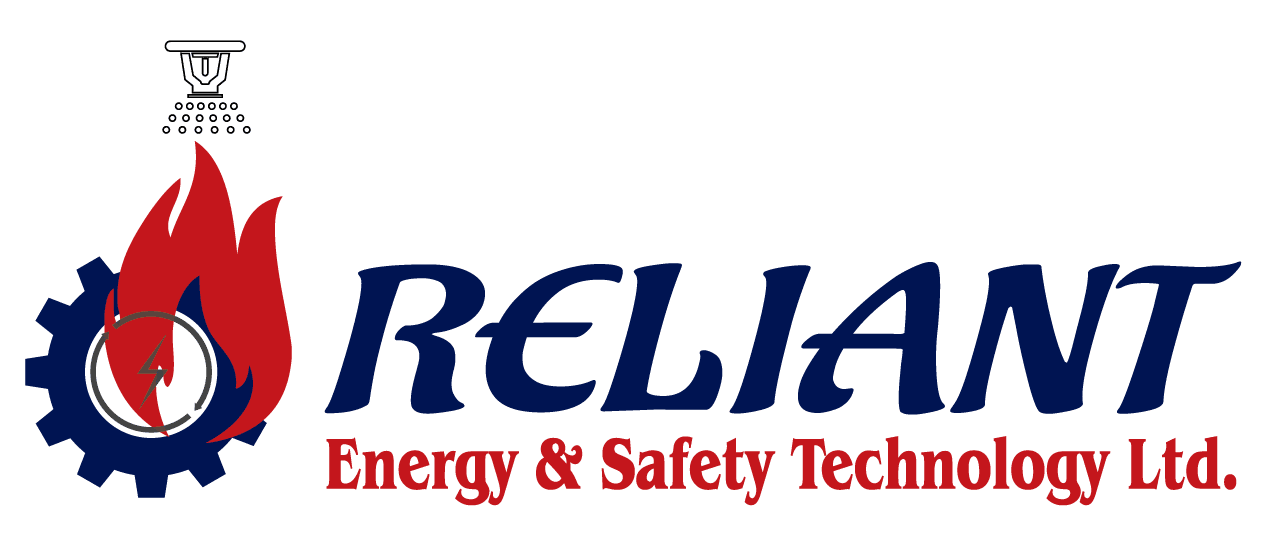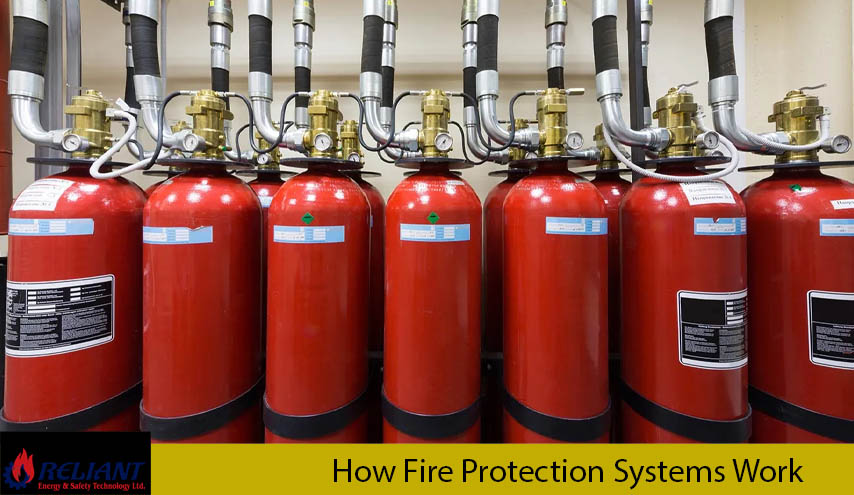Knowing “How Fire Protection Systems Work” is an important part of our daily lives because we live in a world that is always changing and where safety and being ready are very important. Because fires can do so much damage, they need to be stopped, found, and controlled in a number of different ways. This piece goes into great detail about the complicated workings and parts of fire safety systems, showing how important they are for keeping people and property safe. Understanding how these systems work is important whether you are a homeowner, a business owner, or just someone who cares about safety. It gives you the power to make smart decisions and stay ready for this constant threat. Come with us as we break down the most important parts of fire protection systems and learn how they keep us safe in a world full of fire.
What is Fire Protection Systems
Fire Protection Systems are made up of many different technologies and pieces of equipment that work together to stop, find, control, and put out fires in different places. These devices are an important part of making sure that homes, businesses, and public places are safe.
Fire alarms, smoke detectors, heat detectors, sprinkler systems, fire extinguishers, and emergency escape plans are just a few of the things that make up a fire protection system. All of these systems work together to lower the risk of fires, warn people of possible dangers, and put out fires when they happen.
Fire prevention systems’ main job is to quickly put out fires so that lives are saved and property is kept safe. It is important for building owners, residents, and first responders to understand how these systems work so that fires can be put out quickly and effectively.
What are the Different Types of Fire Protection Systems?
Fire alarm systems, smoke detectors, automatic sprinkler systems, and clean agent systems are some of the different types of fire defense systems. Sprinklers that work automatically spray water when they sense heat, while fire extinguishers can be controlled by hand. Early warning systems like fire alarms and smoke monitors can put out fires with gases instead of water. Every method helps keep different places safer by doing its own thing when it comes to preventing and managing fires. For complete fire safety steps to be put in place, you need to know about the different types of fire protection systems.
1. Fire alarms Protection System
Fire alarms protection is a critical component of fire safety systems. The idea behind these alarms is that they can tell when there is a fire by noticing changes in the surroundings, like more smoke or heat. Fire alarm systems sound clear alarms when they detect a possible fire hazard. This lets people inside know about the danger early and lets emergency services respond quickly. Protecting lives and property with fire alarms is important because they give people the time and information they need to safely leave the building or take the right steps to put out the fire. For successful fire safety in many settings, it is important to know how fire alarms work.
2. Smoke Detectors
For fire safety systems to work, smoke alarms are essential parts. These devices are very important for safety and preventing fires because they constantly check the air for smoke. Smoke detectors sound alarms when they detect smoke particles, warning people of possible fire dangers. They work very well at giving early warnings, which lets people get out of the area and do what they need to do to stop the fire before it spreads. In homes, businesses, and public places, smoke alarms are very important for protecting people and property from the terrible effects of fires.
3. Heat Detectors
Heat detectors are an important part of devices that keep people safe from fire. Smoke detectors pick up on the presence of smoke particles, but heat detectors are made to pick up on high temperatures. When the temperature in a certain area goes above a certain level, these detectors sound a warning to warn of a possible fire. Heat detectors are especially helpful in places where smoke is common, like kitchens, garages, and other industry settings. Heat monitors improve fire safety by giving early warnings based on changes in temperature. This helps protect people and property from the terrible effects of fires.
4. Sprinkler Systems
Sprinkler systems are a very important part of fire safety in both homes and businesses. These systems are made up of pipes and sprinkler heads that are put in a building in a planned way. When a rise in temperature is noticed, which is usually a sign of a fire, each sprinkler head opens and releases water to put out the fire. Sprinkler systems are very good at stopping fires from spreading, limiting damage, and giving people time to get out of the building. Because they work automatically and quickly, they are an important part of fire safety because they lower the risk of injury or death during a fire.
5. Fire Extinguishers
Fire extinguishers are movable firefighting tools that are needed right away to put out small fires. When triggered, these handheld units release chemicals that put out fires. There are different types of fire extinguishers that can put out different types of fires, such as regular combustibles, flammable liquids, electrical fires, and more. For fire safety to work, you need to know how to choose and use the right type of fire extinguisher. Fire extinguishers are the first line of defense because they let people put out or control a fire in its early stages, which can help stop it from spreading and save lives and property.
6. Emergency Evacuation Plans
Emergency evacuation plans are very important for keeping buildings safe and ready for disasters. These plans show how to get everyone out of a building quickly and safely in case of an emergency, like a fire, natural accident, or other danger. They list specific ways to get out, meeting places, and safety rules to make sure that everyone can get out quickly and safely. Building owners and managers can improve the safety and well-being of people inside their buildings by making emergency evacuation plans work better. For a coordinated and effective reaction in critical situations, it’s important to be well-prepared and informed as these plans are put into action.
Benefits of Fire Protection Systems
Fire protection devices are helpful in many ways, including keeping people safe and protecting property. These devices can find fires early, so help can be sent quickly. This lowers the risk of injuries and deaths. They are very important for keeping property damage to a minimum by putting out or controlling fires, which can save a lot of money. Fire protection devices also help keep businesses running and cut down on downtime, so they can keep doing their jobs even after a fire. In addition, installing these systems makes it easier to follow fire safety rules and laws, which lowers legal risks. To sum up, fire protection devices are a good way to protect people, property, and your peace of mind.
Conclusion
Fire safety measures are an important part of modern buildings. There are many parts and tools in these systems that work together to stop, find, put out, and control fires. Building owners, managers, and everyone else needs to know how fire prevention systems work and how they’re put together. Fire prevention systems work with trained professionals and cutting edge technology to lessen the damage caused by fires. This makes our homes, workplaces, and public places safer for everyone.

